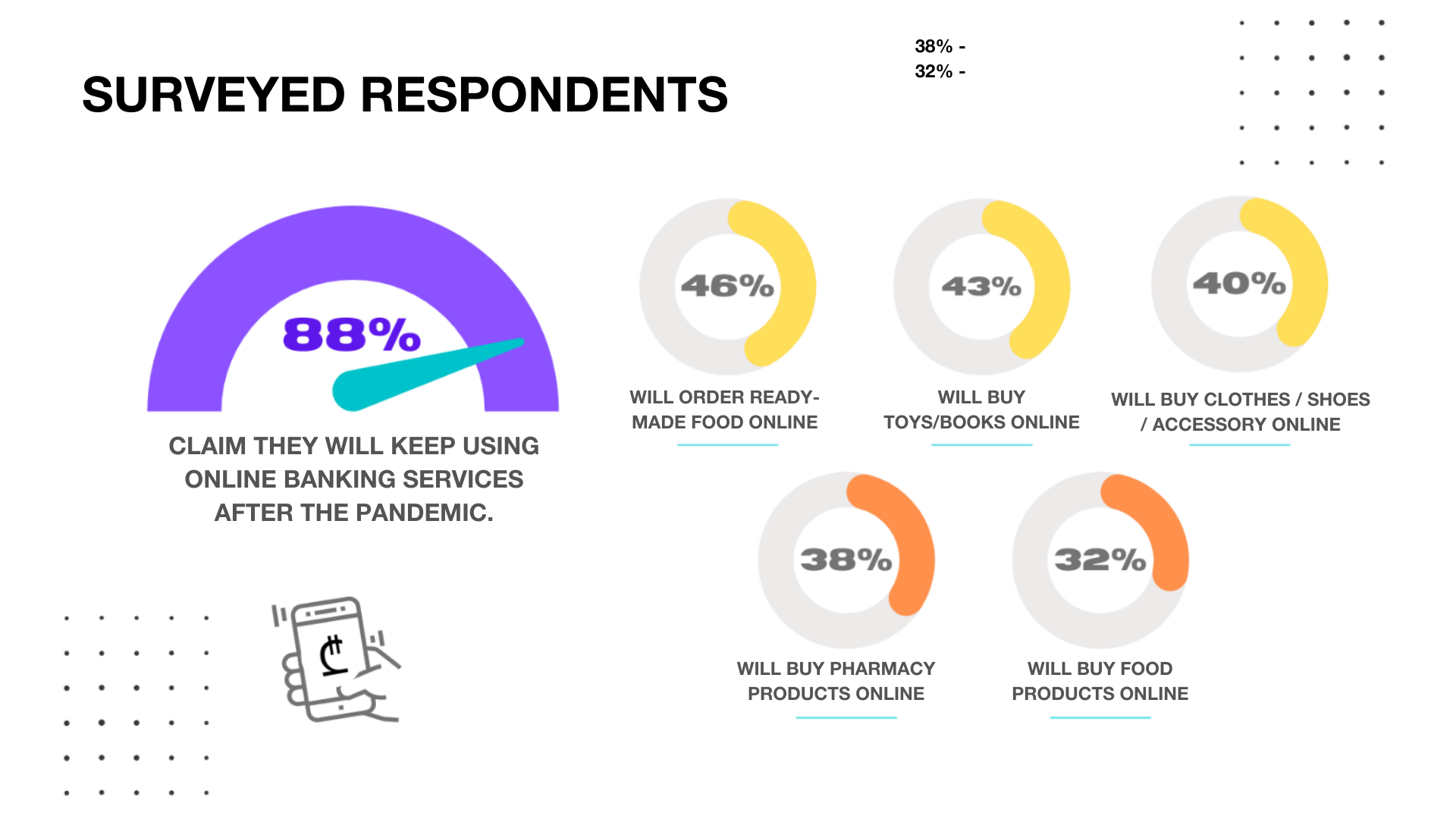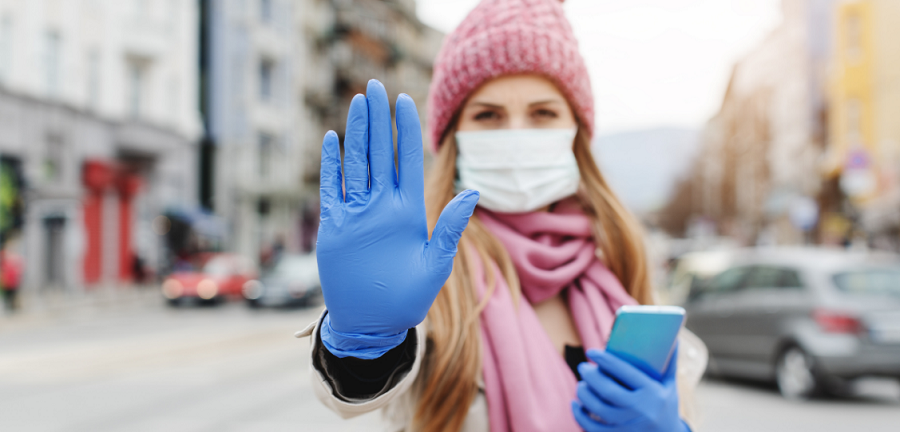The Covid Pandemic has accelerated our digital transformation. The digital solution is becoming more and more in demand in everyday life. Our major expectation is the possibility of remotely doable actions. Covid changed the usual perception of work, education, medical care, social connections, fun and leisure. Any services or products associated with Covid's needs were re-evaluated according to how well it is set up to provide a guarantee of our ability to stay at home.
Gadgets of Modern Parents
The impact of the pandemic on online services is changing in the long run and will never bring us back to the world we have known so far. Sophie Bukia is a successful journalist whose life changed on the eve of the pandemic, as the twin babies appeared in her family. At the stage of Covid's empowerment the babies were less than a year old. The lockdown trapped her in a locked apartment with newborn babies.
"We found ourselves completely isolated and largely at mercy of the courier services of Glovo and Wolt. They became the main connection thread with the outside world. When it comes time for children to sleep and you suddenly find out that you forgot to buy milk for them, then the moped courier becomes a superhero who brings you cherished treasures," - said Sophie.
Sophie has turned into one gadget the usual ritual of infant’s parents - with or without children sleeping in shifts - rushing to markets and pharmacies and leaving with a week-long supply. Gadget is used for several services: delivery service applications for products; baby care supplies and toys; medical application for paediatric consultation and to purchase necessary medicines from a pharmacy; including a taxi call service for a nanny.
Frequently Used Services
Research and Consulting Company ACT took an interest in how much the behavior of Tbilisi residents changed towards online services in a way Sophie did. According to a survey conducted last month, one of every three citizens has significantly intensified their use of digital banking services (online transfers, utility payments, card orders, etc.), with 22% of respondents calling for ready-made food more often than before the pandemic. In addition, online ready-made food applications are most often used by young people aged 18-34, in total, every second young person orders ready-made food online.
At this stage, Tbilisi citizens are not using entirely the opportunity to buy food online. 83% of the older generation do not use the online store at all, and most of the respondents traditionally buy food in the markets or in the neighborhood store. A small proportion of 18-34-year-olds (13%) have also intensified their use of online pharmacies, although the digital version of this service does not dominate the cases of visiting a pharmacy.
It is quite of interest what stimulates the customers to prefer to leave the house to buy food and medicine, maybe it is the probability of product selection on place, assortment evaluation, and in the case of medicine, the likelihood of a time factor or obtaining pharmacist’s consultation. Providers of these servicres can get the answers to all these questions based again on observations and research of customer preferences.

Those Who Stand Behind the Scene of the Applications Used
Delivery service was distinguished as a part of comfort before the pandemic, where some people were not much eager to pay money for. The pandemic has created an environment where delivery service has gone from luxury to daily necessity. In isolation, food delivery services from the market and medicines / hygiene products from the pharmacy became important for the population along with ready-made food.
Increased demand for online services enabled the startup businesses in this field to grow rapidly through diversifying service categories, increasing scales - adding staff and partner services or products, and constantly upgrading the services offered. All of these companies are now studying digitally active consumers to calculate what will be relevant tomorrow for those who, for objective reasons, are reluctant or unable to get out of their homes today.
Gadget Applications likely to Survive
Are the Buying Behaviours Conditioned by Pandemic Sustainable?
Based on the survey, after the end of the epidemic situation, citizens who have returned to normal life will continue to buy digital banking products (94%) and ready-made food (86%) online. They still plan to buy food and pharmacy products in stores and pharmacies.
Although, there are consumers like Sophie who already feels the apparent benefits of developing sustainable online buying behavior: “I used to buy products after the work before the pandemic. I hardly remember that time, but it was so. And it was a horrible process - in one store they do not have cottage cheese, in another - bananas, in the third - something else. You had to travel to so many places. Then you had to carry it all to the car. The same with Pharmacies, so I'm crazy about an app that looks for all the products in one store. It does not matter whether there is Lockdown or not, I will use Glovo and Wolt services. I can not do without them”.

The Customer Walks Less
Problems such as late delivery, faulty system, which makes the courier often contact the customer to verify the address, incomplete orders or deficiencies in the payment system, do still exist and make problems for Sophie and other customers using online services, however. Though, in a changed reality, needs for healthcare and increased comfort demands the customers to find more positive things about these services and hopingly wait for the improvements of digital "move."
Right before that, keeping oneself safe in a pandemic continues at home, in the biggest castle. Like many others, Sophie tries to make up for a busy day at work and parenting: “At the same time - I'm at home and I'm not. I say goodbye to my family members in the morning as before leaving for a work - then I close the door of my room and work there until evening. I can hear the voices of my family members in the background. I'm getting used to know they are at the other side of the wall. " Digital transformation rushes at a rapid pace, and just like centuries ago, people tend to bring everything they need into this castle to feel more secure and comfortable.






